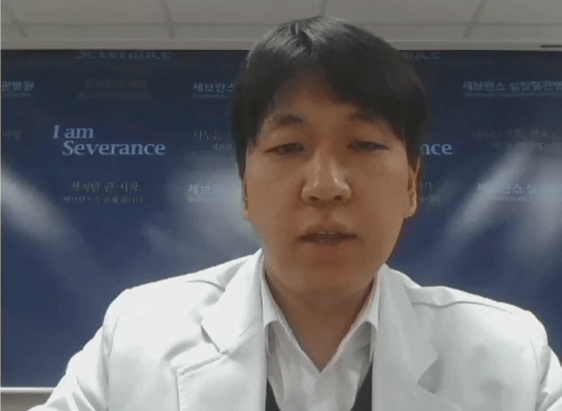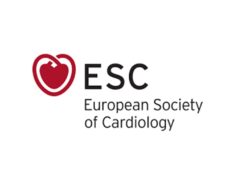Pulmonary vein–left atrial (PV/LA) volume ratio is a significantly better predictor power for atrial fibrillation (AF) recurrence than LA dimension in patients with normal or mild LA enlargement, with an association between PV/LA volume and the PITX2 gene. This was the main concluding finding of a study awarded the best abstract, presented at the 27th Annual Atrial Fibrillation Symposium (January 13–15, New York, USA).

Commencing the presentation, Jae-Hyuk Lee (Department of Cardiology, Yonsei University Health System, Seoul, Republic of Korea), highlighted LA size, LA pressure, and LA voltage to be predictors of AF following catheter ablation. He noted that the LA dimension affects structure and modeling, and therefore is widely used for the prediction of AF recurrence following catheter ablation. Pointing out limitations of this predictor, Lee explained “LA dimension is insensitive to changes in size, due to asymmetry of the LA chamber, with AF recurrence still occurring in patients with normal LA size.” With the PV initiating and maintaining AF, Lee claimed that no study has examined the relationship between PA-LA morphology and AF recurrence after AF catheter ablation. Taking this into consideration, the study presented aimed to explore the association between PV-LA morphology, and AF recurrence after catheter ablation, using computed tomography (CT) images, in patients without significant LA enlargement as well as the correlation between PV-LA morphology and genetic effect using PITX2 genome.
Lee described the study’s methods, using CT images to measure LA volume and PV volume, from which the PV to LA volume ratio was calculated. LA volume was defined from the mitral valve area to the posterior wall of the LA. The PV volume was defined from the PV ostia to the primary tributaries with equal horizontal bilateral extension. Drawing attention to the genetic analysis of the study, Lee relayed analysis of the PV/L volume (%) associated single nucleotide polymorphism (SNP) in PITX2 gene, using two independent cohorts, in addition, to analysis with genome-wide association study (GWAS) data of 2,051 patients (out of 2,910) included patients using replicated SNP.
A total of 3,738 patients received AF catheter ablation de novo in the Yonsei cohort, between March 2009 and January 2020. Lee highlighted that patients were excluded from the study if there was no available data on the PV and LA volume, prior diagnosis of AF with rheumatic valvular disease, or prior cardiac surgery. Of these patients, there were only 2,913 with available data on PV and LA volume.
The patient population was majority male (73.5%), with an average age of 60 years (range 52–67), 60.5% with paroxysmal AF.
Lee relayed that one-year AF recurrence occurred in all sized LA groups, with PV/LA volume ratio determining one-year recurrence. The highest PV/LA volume ratio was associated with paroxsymal AF type, males, younger age, absence of hypertension, and high LV ejection fraction (LVEF). There was a significant genetic effect of PV/LA volume ratio associated with SNP in PITX2. PV/LA volume ratio was independently associated with AF recurrence after AF catheter ablation (Hazard Ratio (HR) 0.91, p=0.044), with AF recurrence significantly higher in the lowest PV/LA ratio group.
Concluding the session, Lee presented the key findings of the study, including that PV/LA volume ratio measured on CT imaging was consistently predictive of one-year AF recurrence in all groups of LA dimension, Lower PV/LA ratio volume was independently associated with AF recurrence after AF catheter ablation, with PV/LA volume ratio holding significantly better predictor power for AF recurrence than LA dimension in patients with normal or mild LA enlargement, and added that there was an association between PV/LA volume and the PITX2 gene.









